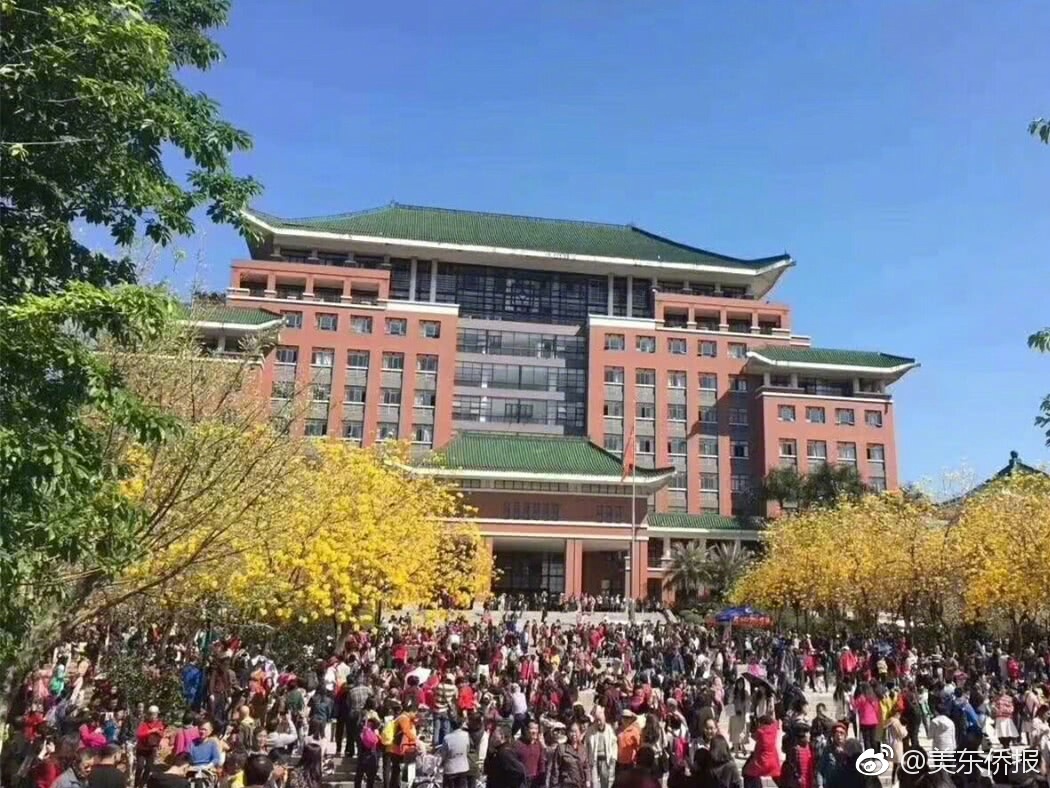
Open the main page of the computer window in the Win10 system, click the "View" tab on the main page, and then click the "Options" button on the page to open the Win10 system folder options page.
Because of this, when there is a problem with the cache file, it will cause the system icon to display abnormally. Now that the reason has been found, the solution is also very simple. You just need to delete the problematic icon cache file and let the system re-estable the icon cache.
Win + R shortcut key calls up the run dialog box and enters the following command: ie4uinit -show OK, you will find that the desktop icon will have a refresh process, which is to rebuild the icon cache. It can be repeated many times until all the desktop icons are displayed normally.

The icon on the desktop of the mobile phone is missing. The way to retrieve it is as follows: Restart the mobile phone: Sometimes, a simple restart can solve the problem. After restarting the mobile phone, the mobile phone will reload the desktop icon, and the icon will be displayed on the desktop again.
Check whether the icons have been deleted: Search for the names of the desktop icons to see if you can find them. If you can't find it, it may have been deleted. You can try to recover the deleted files from the recycle bin. Restart the computer: Sometimes restarting the computer can solve some temporary problems, including the disappearance of the desktop icon.
Restore desktop icons through "personalization" First of all, we can restore desktop icons through "personalization".
If you are using an OPPO/OnePlus mobile phone and the desktop application icon disappears, you can try the following methods: check whether the mobile phone has a multi-user mode. If there is a multi-user mode, change the host password and enter the mobile phone to check whether there is an application.
If your computer icon is missing and the right mouse button is not available, you can try the following solutions: Keyboard shortcut to restore the icon: Press the Ctrl + Shift + Esc key on the keyboard to open the task manager.
1. The details are as follows: In the first step, right-click the blank space on the desktop, and then click the personalized option in the pop-up window.In the second step, after coming to the personalized window shown in the figure below, click the theme option on the left side of the page. Step three, in the theme page referred to in the figure below, click the desktop icon settings indicated by the arrow.
2. On the Windows 10 system desktop, right-click the start button in the lower left corner and select the "Run" menu item in the pop-up menu. At this time, the running window of Windows 10 will open, enter the command reedit in the window, and then click the OK button to run the command.
3. Check the desktop icon settings: right-click on the blank space on the desktop, select "Personalization", then click the "Theme" tab, and click the "Desktop Icon Settings" option under "Related Settings". In the pop-up window, make sure that the "Computer" box is checked.
4. Method 1: Click "Start" to find a program and drag the icon directly to the desktop. This article takes Foxmail as an example, which generates a desktop shortcut. Moreover, the original program icon still exists in all applications, which is very different from Win7.
Binance download-APP, download it now, new users will receive a novice gift pack.
Open the main page of the computer window in the Win10 system, click the "View" tab on the main page, and then click the "Options" button on the page to open the Win10 system folder options page.
Because of this, when there is a problem with the cache file, it will cause the system icon to display abnormally. Now that the reason has been found, the solution is also very simple. You just need to delete the problematic icon cache file and let the system re-estable the icon cache.
Win + R shortcut key calls up the run dialog box and enters the following command: ie4uinit -show OK, you will find that the desktop icon will have a refresh process, which is to rebuild the icon cache. It can be repeated many times until all the desktop icons are displayed normally.

The icon on the desktop of the mobile phone is missing. The way to retrieve it is as follows: Restart the mobile phone: Sometimes, a simple restart can solve the problem. After restarting the mobile phone, the mobile phone will reload the desktop icon, and the icon will be displayed on the desktop again.
Check whether the icons have been deleted: Search for the names of the desktop icons to see if you can find them. If you can't find it, it may have been deleted. You can try to recover the deleted files from the recycle bin. Restart the computer: Sometimes restarting the computer can solve some temporary problems, including the disappearance of the desktop icon.
Restore desktop icons through "personalization" First of all, we can restore desktop icons through "personalization".
If you are using an OPPO/OnePlus mobile phone and the desktop application icon disappears, you can try the following methods: check whether the mobile phone has a multi-user mode. If there is a multi-user mode, change the host password and enter the mobile phone to check whether there is an application.
If your computer icon is missing and the right mouse button is not available, you can try the following solutions: Keyboard shortcut to restore the icon: Press the Ctrl + Shift + Esc key on the keyboard to open the task manager.
1. The details are as follows: In the first step, right-click the blank space on the desktop, and then click the personalized option in the pop-up window.In the second step, after coming to the personalized window shown in the figure below, click the theme option on the left side of the page. Step three, in the theme page referred to in the figure below, click the desktop icon settings indicated by the arrow.
2. On the Windows 10 system desktop, right-click the start button in the lower left corner and select the "Run" menu item in the pop-up menu. At this time, the running window of Windows 10 will open, enter the command reedit in the window, and then click the OK button to run the command.
3. Check the desktop icon settings: right-click on the blank space on the desktop, select "Personalization", then click the "Theme" tab, and click the "Desktop Icon Settings" option under "Related Settings". In the pop-up window, make sure that the "Computer" box is checked.
4. Method 1: Click "Start" to find a program and drag the icon directly to the desktop. This article takes Foxmail as an example, which generates a desktop shortcut. Moreover, the original program icon still exists in all applications, which is very different from Win7.
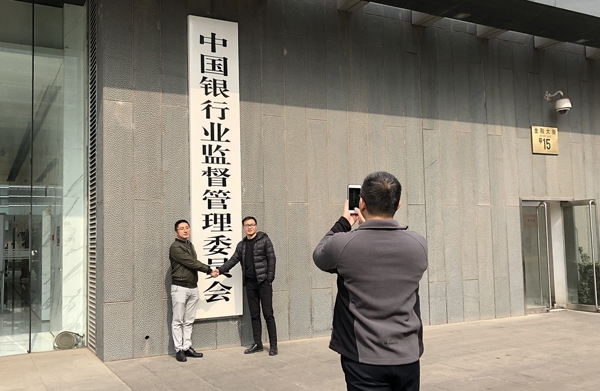 okx.com login
okx.com login
169.72MB
Check Binance login
Binance login
726.91MB
Check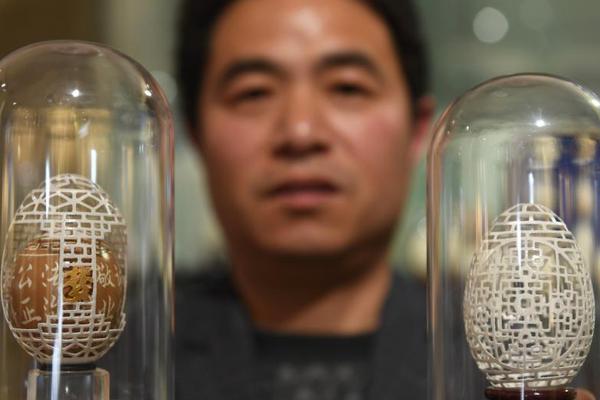 Binance login
Binance login
841.91MB
Check Binance APK
Binance APK
258.13MB
Check OKX app
OKX app
472.28MB
Check Binance app
Binance app
937.48MB
Check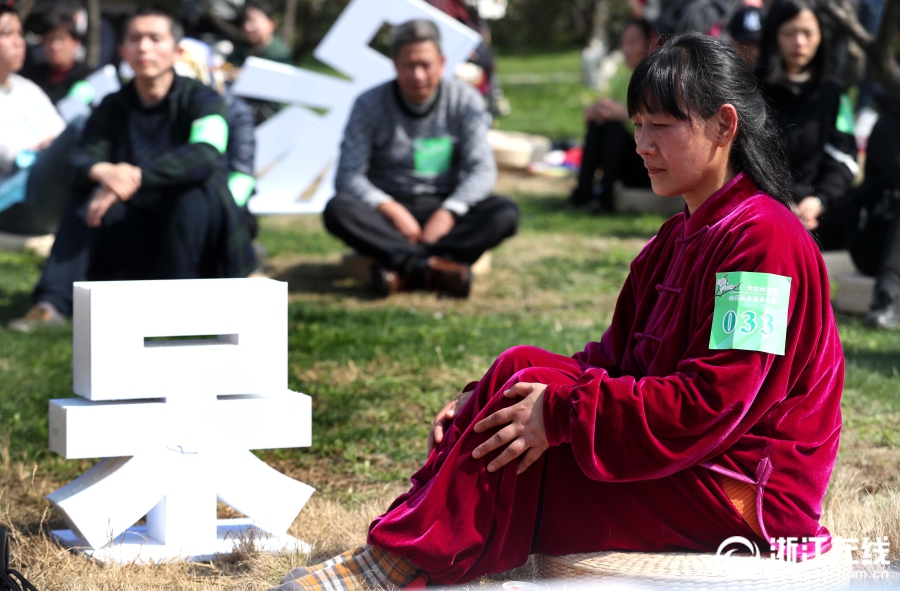 Binance APK
Binance APK
978.59MB
Check OKX Wallet Sign up
OKX Wallet Sign up
817.65MB
Check Binance US
Binance US
831.76MB
Check Binance download
Binance download
741.27MB
Check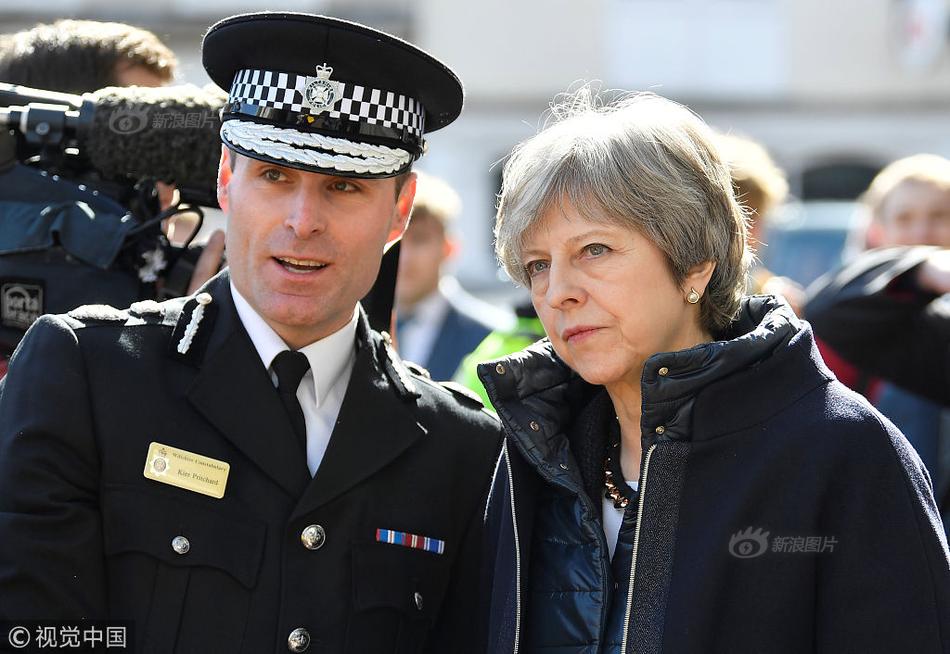 Binance download iOS
Binance download iOS
446.39MB
Check OKX Wallet APK
OKX Wallet APK
946.75MB
Check OKX Wallet app
OKX Wallet app
175.66MB
Check OKX Wallet app
OKX Wallet app
964.87MB
Check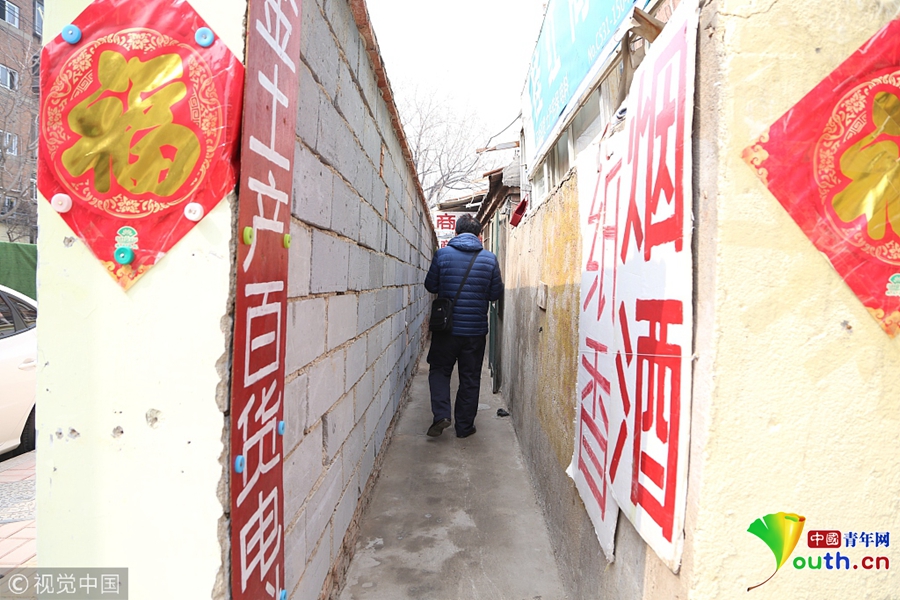 Binance app
Binance app
162.31MB
Check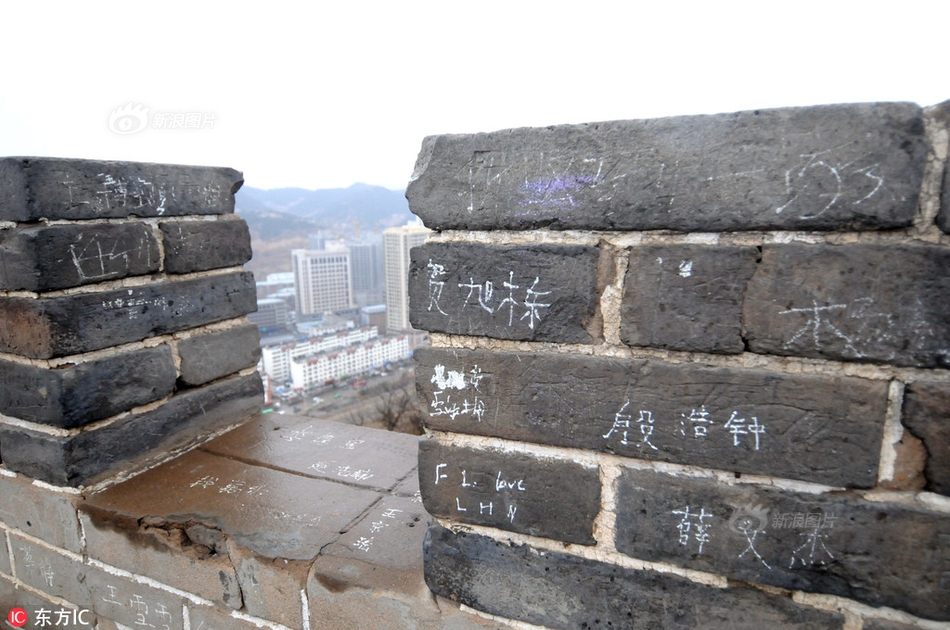 OKX Wallet APK
OKX Wallet APK
976.83MB
Check Binance Download for PC Windows 10
Binance Download for PC Windows 10
891.12MB
Check Binance wikipedia
Binance wikipedia
962.86MB
Check OKX download
OKX download
679.95MB
Check OKX app
OKX app
323.85MB
Check Binance Download for PC
Binance Download for PC
759.81MB
Check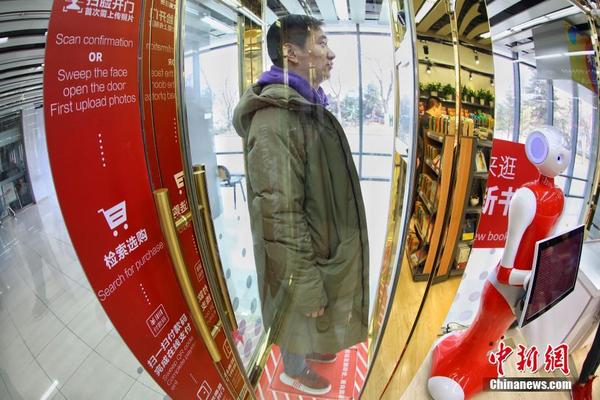 Binance login
Binance login
779.15MB
Check Binance download
Binance download
989.57MB
Check Binance download Android
Binance download Android
339.38MB
Check OKX review
OKX review
915.77MB
Check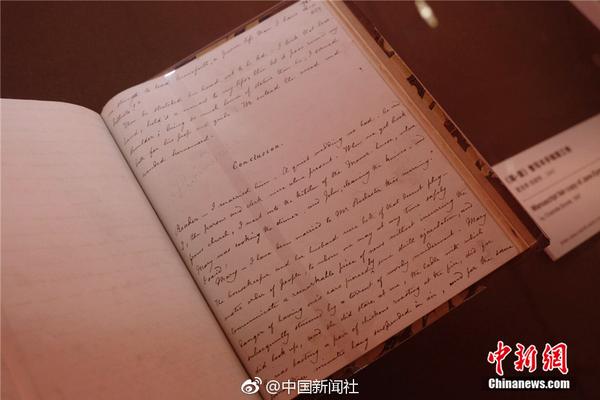 Binance app
Binance app
186.14MB
Check Binance login App
Binance login App
833.54MB
Check Binance login
Binance login
172.37MB
Check Binance Download for PC Windows 10
Binance Download for PC Windows 10
612.49MB
Check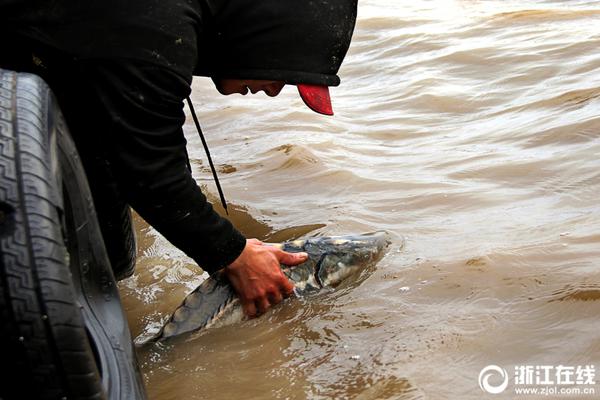 Binance exchange
Binance exchange
428.51MB
Check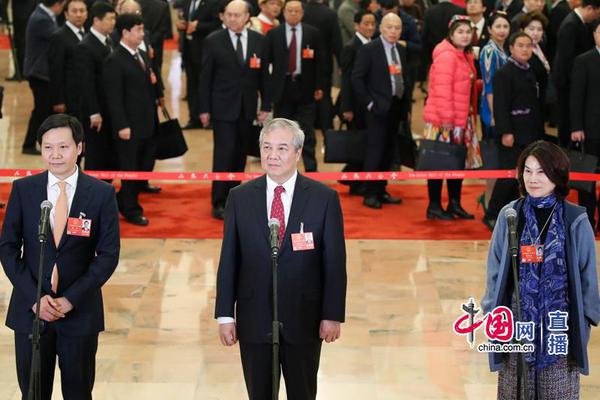 Binance Download for PC
Binance Download for PC
363.35MB
Check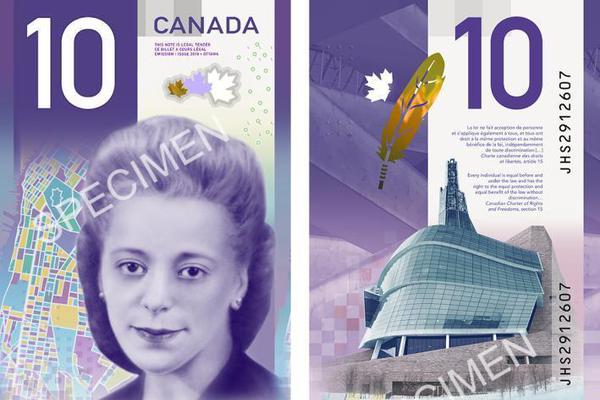 OKX review
OKX review
616.95MB
Check Binance app download Play Store
Binance app download Play Store
785.14MB
Check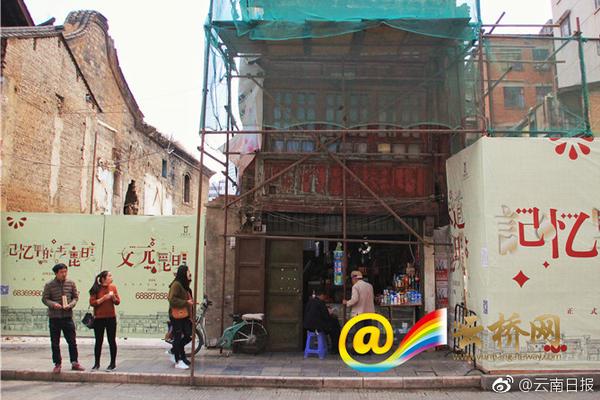 Binance app download Play Store
Binance app download Play Store
487.37MB
Check Binance APK
Binance APK
122.16MB
Check Binance Download for PC Windows 10
Binance Download for PC Windows 10
823.54MB
Check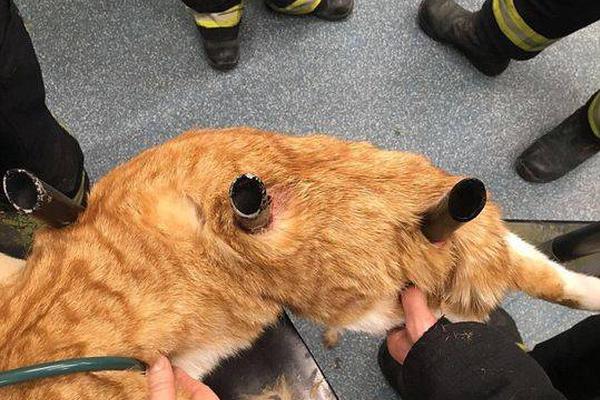
Scan to install
Binance download to discover more
Netizen comments More
2648 军临城下网
2025-02-28 09:49 recommend
2870 欲加之罪网
2025-02-28 09:33 recommend
936 争强好胜网
2025-02-28 08:47 recommend
2803 受制于人网
2025-02-28 07:42 recommend
2971 耳鬓斯磨网
2025-02-28 07:38 recommend